Step forward: an eco-friendly urban park outside Paris stacked with playful prefabs
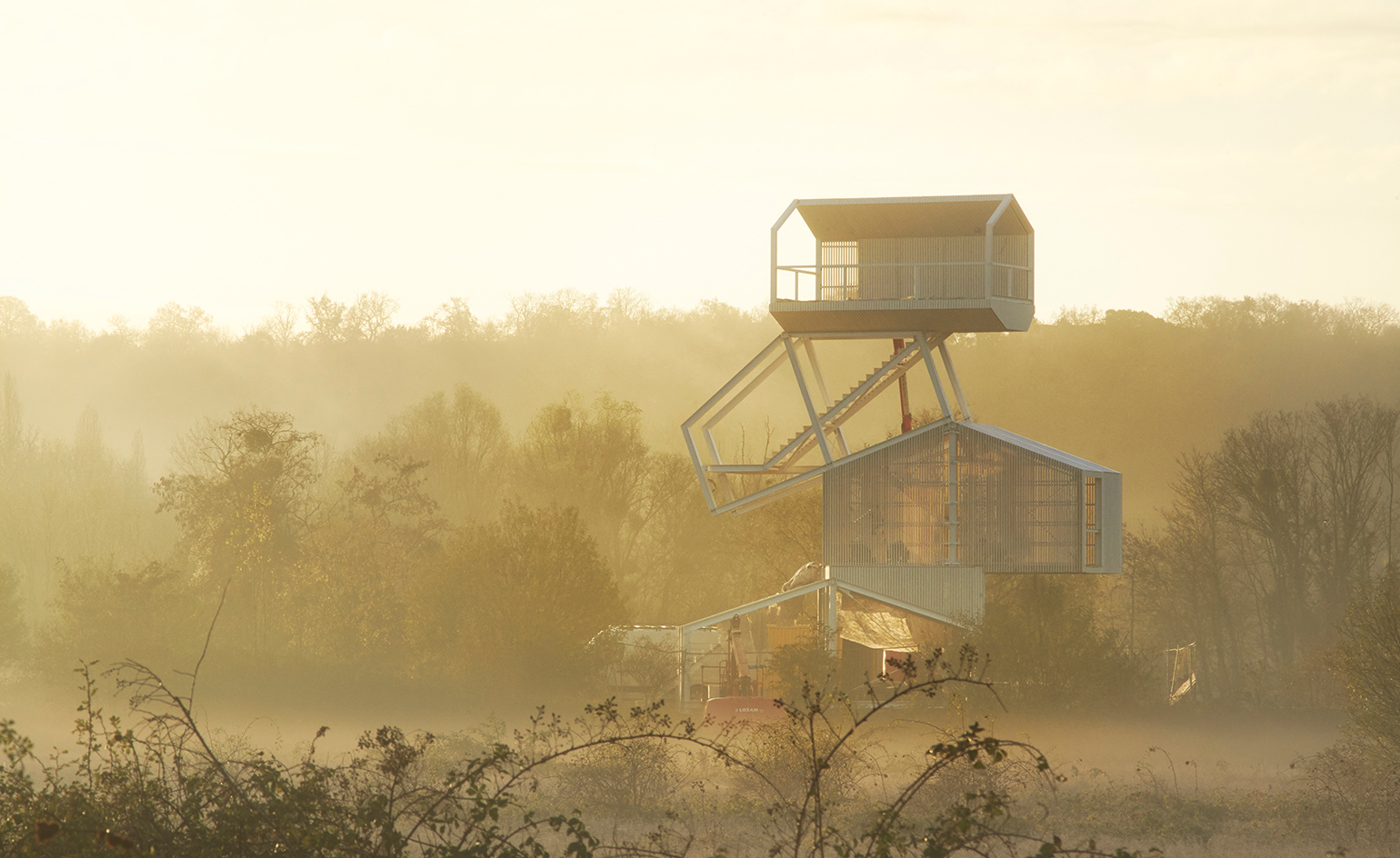
This vast green space in Carrières-sous-Poissy used to be little more than a wasteland. Wild and overgrown, it was the type of place, says architect Alessandra Cianchetta, where people would go to burn cars. Though large, it was certainly not a destination; travelling from the train station, she had to show the taxi driver a map to direct him there.
Cradled in an elbow of the Seine, 30km north-west of Paris, the land is an L-shaped tract covering 113 hectares, straddling nature and the city. On one side there’s the town, with its modest suburban houses and some rougher housing projects. The river, dotted with barges and houseboats, flanks the opposite side. Across the water stands Le Corbusier’s Villa Savoye and the bourgeois homes of Saint-Germain-en-Laye.
The population of Carrières-sous-Poissy is growing quickly as part of the Grand Paris development project. As for this green space, public authorities are spending close to €25m to turn it into an eco-friendly public park for the locals, dubbed Le Parc du Peuple de l’Herbe (which translates roughly to ‘Park of the People of the Grass’).
In early 2011, they hired the landscape architect Agence TER to create walkways and leisure areas, clean up the soil and plant thousands of shrubs and trees, all while maintaining the natural anarchy of the site. That same year, Cianchetta’s Paris-based architecture firm AWP (Marc Armengaud, Matthias Armengaud and Cianchetta) and Swiss architects HHF (Tilo Herlach, Simon Hartmann and Simon Frommenwiler) won a competition to create the park’s permanent structures. They designed three main elements and 11 follies, or what they call ‘small, surreptitious constructions’, to guide the flow of people and offer activities such as yoga or theatre.
Using prefab wood structures like preschoolers’ building blocks, the architects came up with a design that is both budget-friendly and elegant. Underscoring the urban/maritime duality of the site, they took the pentagon shape of a typical suburban house – a box with a peaked roof – then repeated and combined it. The structures are clad in vertical strips of timber and painted white in sections. Each one has a recessed base, giving the impression that they are floating above the ground like the barges on the nearby Seine.
The main building – an exhibition centre and new insect museum – comprises five of these house-shaped structures. They intersect at unlikely angles, so that an exposed beam holding up one module often extends into an adjoining one, finishing in unexpected groupings of columns, ‘like a forest’.
Within, the building is modern and light-filled, with high ceilings and white-varnished timber walls panelled in wide boards or narrow strips. A wooden brise soleil covers the large, house-shaped glass wall in the main exhibition space, filtering sunlight in parallel ribbons across the pale grey resin floor.
A glasshouse will hold a live butterfly exhibit.
Cianchetta takes pride in the fact that though this is a cost-conscious public commission, they didn’t cut corners on details, using high-quality door handles from Switzerland and attractive lighting even in places most people won’t see it, such as the boiler room. When evening falls, neon tubes on the ceiling make the building glow like a lantern. ‘We should not treat the public like they can’t be sophisticated,’ she says. ‘If you give people places and things that are beautiful, they will feel it is beautiful, and it will be much better than having fakely democratic crap.’
What’s visible outside is as important as what’s inside, and the architects took great care in how they presented views of the park. Cianchetta, an Italian, says, ‘I’m interested in landscape, in viewing, in Antonioni’s [1966 film] Blow-Up and the scene in Maryon Park, this idea of framing. Le Corbusier was also obsessed with framing things. So the plan of this building, with all these angles, is the result of this desire to orientate different openings towards different parts of the park.’
She leads the way through the muddy field to the most spectacular feature of the project, a white steel and wood observatory tower, 12m high. It consists of four house-shaped boxes, piled one on top of another to look like a few are sliding to the ground. Exposed staircases zigzag up three levels and glassless windows offer 360-degree views over the park.
The park’s official opening is next December. Still to be built are the guinguette (a waterside restaurant on stilts with a terrace for dancing) and the follies, which may or may not come to fruition. Cianchetta says the whole project nearly died a little more than a year ago due to the struggling economy.
In an era of government cutbacks, creating a public park filled with surreptitious structures might strike some as folly. Fortunately, there is another point of view.
As originally featured in the April 2016 issue of Wallpaper* (W*205)

The Exhibition Centre and Insect Museum comprises five house-shaped structures, which intersect at unlikely angles
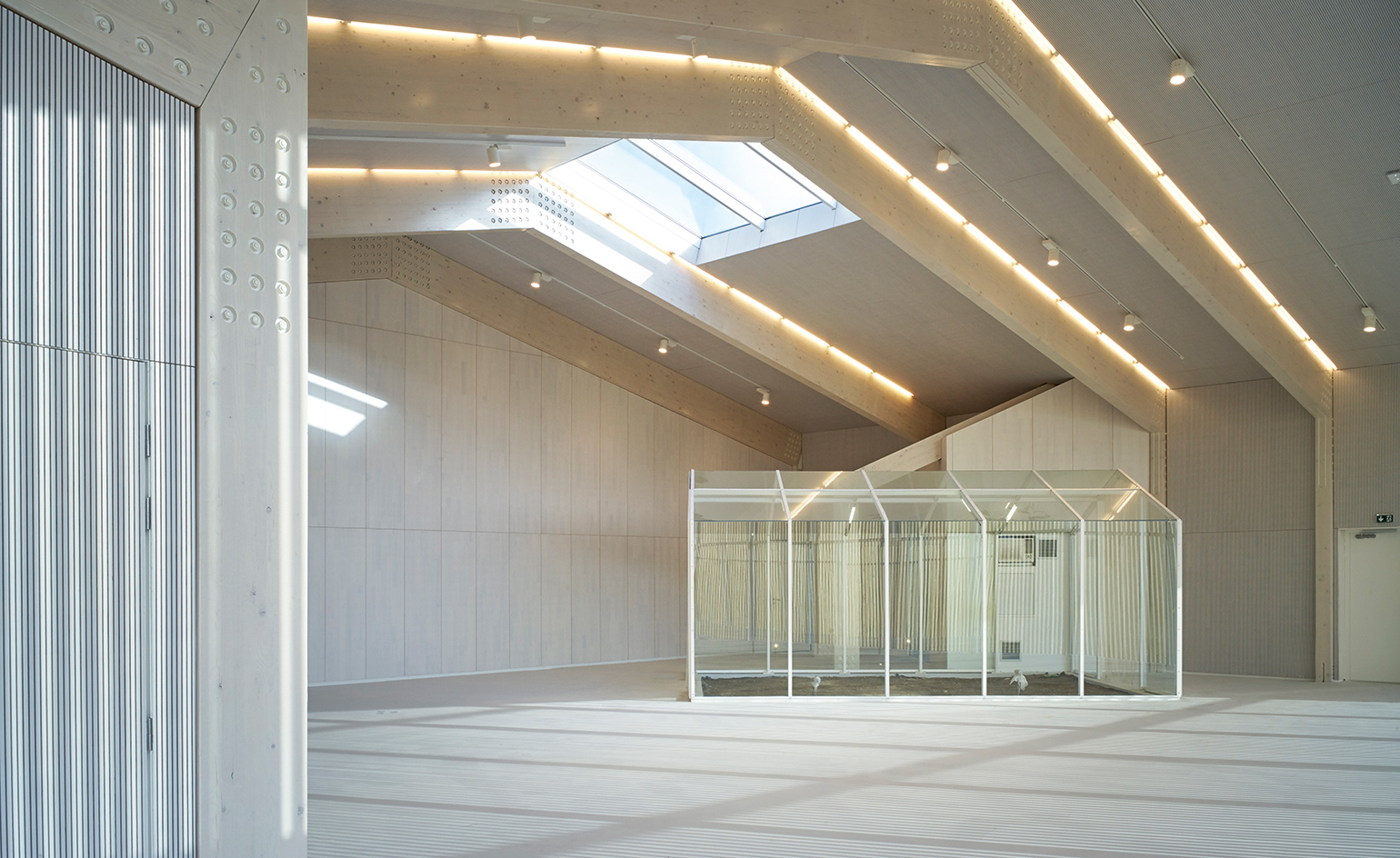
Neon tubes make the building glow like a lantern come evening
INFORMATION
For more information, visit the Sein City Park website
Photography: Julien Lanoo
Receive our daily digest of inspiration, escapism and design stories from around the world direct to your inbox.
Amy Serafin, Wallpaper’s Paris editor, has 20 years of experience as a journalist and editor in print, online, television, and radio. She is editor in chief of Impact Journalism Day, and Solutions & Co, and former editor in chief of Where Paris. She has covered culture and the arts for The New York Times and National Public Radio, business and technology for Fortune and SmartPlanet, art, architecture and design for Wallpaper*, food and fashion for the Associated Press, and has also written about humanitarian issues for international organisations.
-
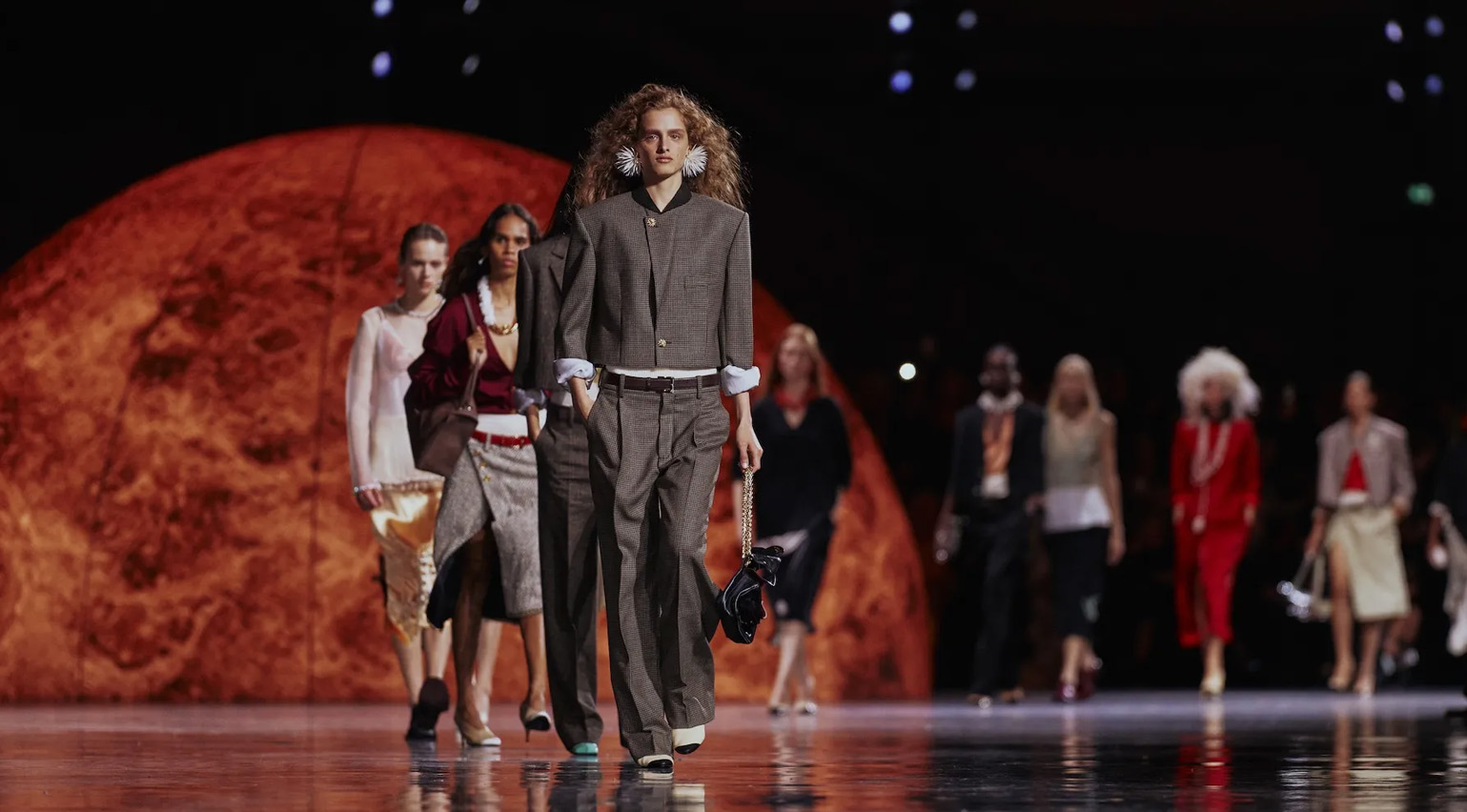 Debuts, dandies, Demi Moore: 25 fashion moments that defined 2025 in style
Debuts, dandies, Demi Moore: 25 fashion moments that defined 2025 in style2025 was a watershed year in fashion. As selected by the Wallpaper* style team, here are the 25 moments that defined the zeitgeist
-
 The RIBA Asia Pacific Awards reward impactful, mindful architecture – here are the winners
The RIBA Asia Pacific Awards reward impactful, mindful architecture – here are the winnersThe 2025 RIBA Asia Pacific Awards mark the accolade’s first year – and span from sustainable mixed-use towers to masterplanning and housing
-
 Holland & Holland's Range Rover is outstanding in its field: shoot the breeze in style
Holland & Holland's Range Rover is outstanding in its field: shoot the breeze in styleCan you spare half a million pounds for a glorified four-wheeled gun cabinet? If so, the Range Rover Holland & Holland Edition by Overfinch might be the perfect fit
-
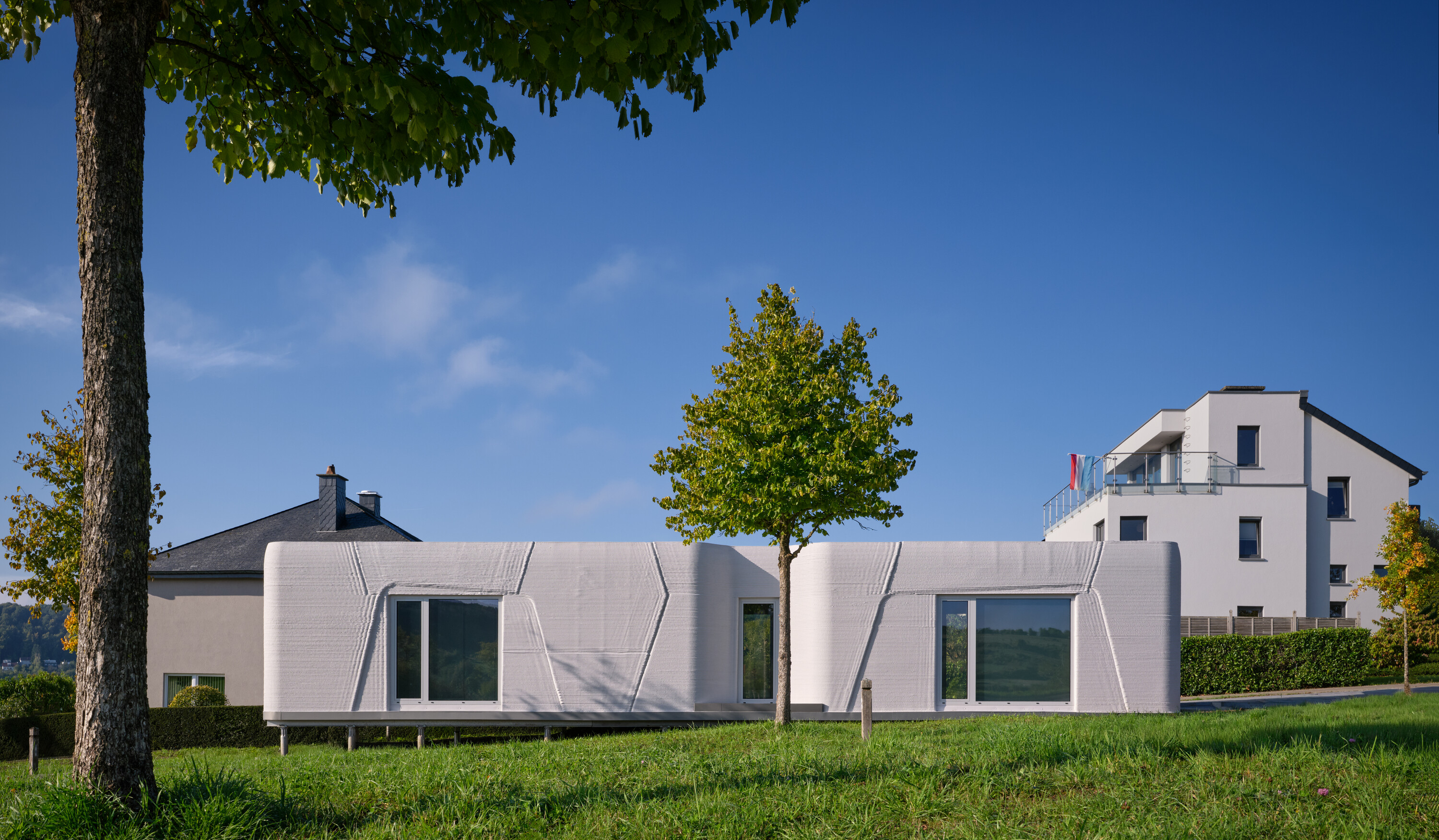 Could this 3D-printed dwelling solve Luxembourg’s housing crisis?
Could this 3D-printed dwelling solve Luxembourg’s housing crisis?With Tiny House Lux, ODA Architects showcases a functional, low-cost and sustainable home that serves as an important case study for the potential benefits of 3D-printed construction
-
 This modernist home, designed by a disciple of Le Corbusier, is on the market
This modernist home, designed by a disciple of Le Corbusier, is on the marketAndré Wogenscky was a long-time collaborator and chief assistant of Le Corbusier; he built this home, a case study for post-war modernism, in 1957
-
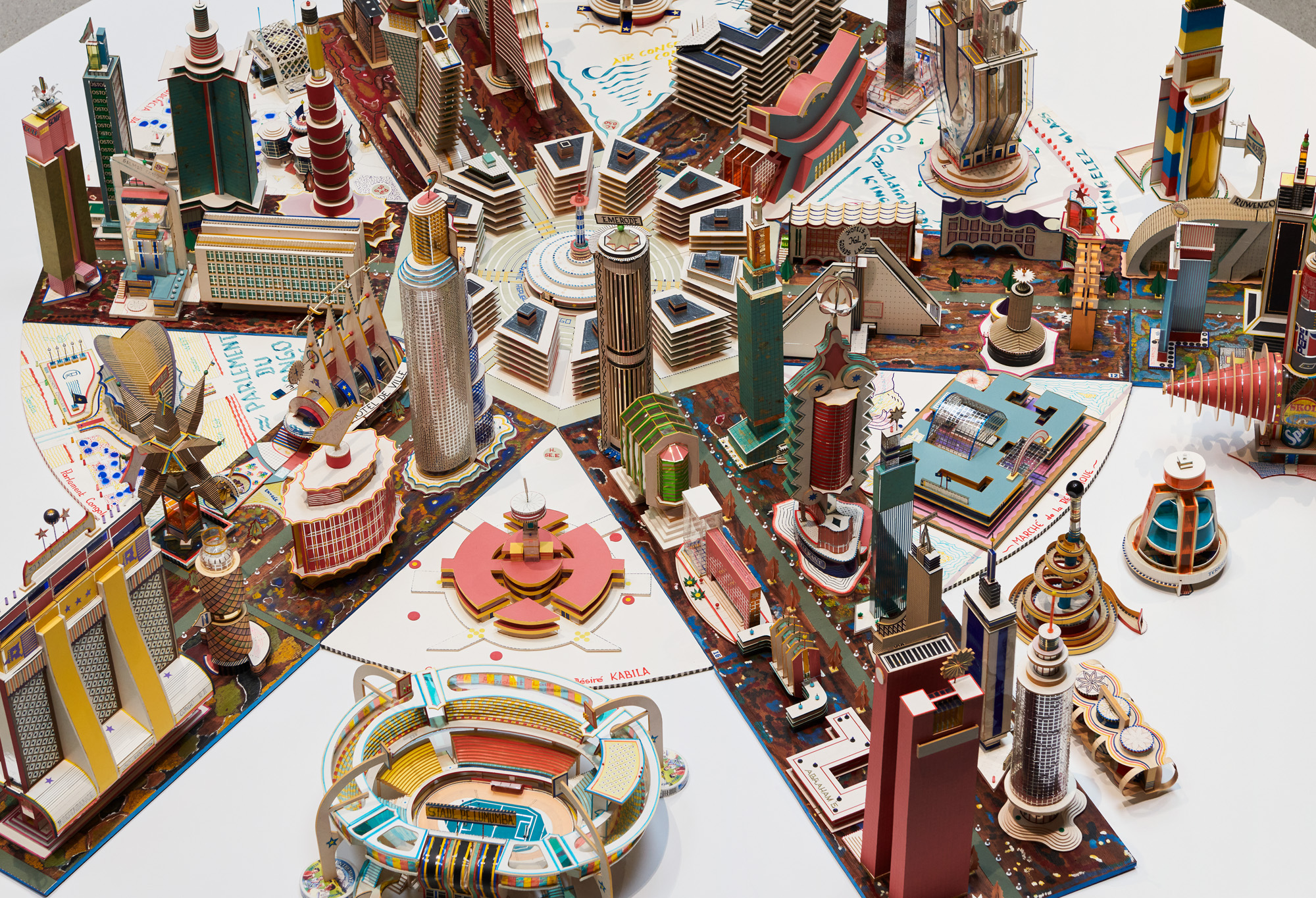 ‘You have to be courageous and experimental’: inside Fondation Cartier’s new home
‘You have to be courageous and experimental’: inside Fondation Cartier’s new homeFondation Cartier pour l'art contemporain in Paris invites us into its new home, a movable feast expertly designed by Jean Nouvel
-
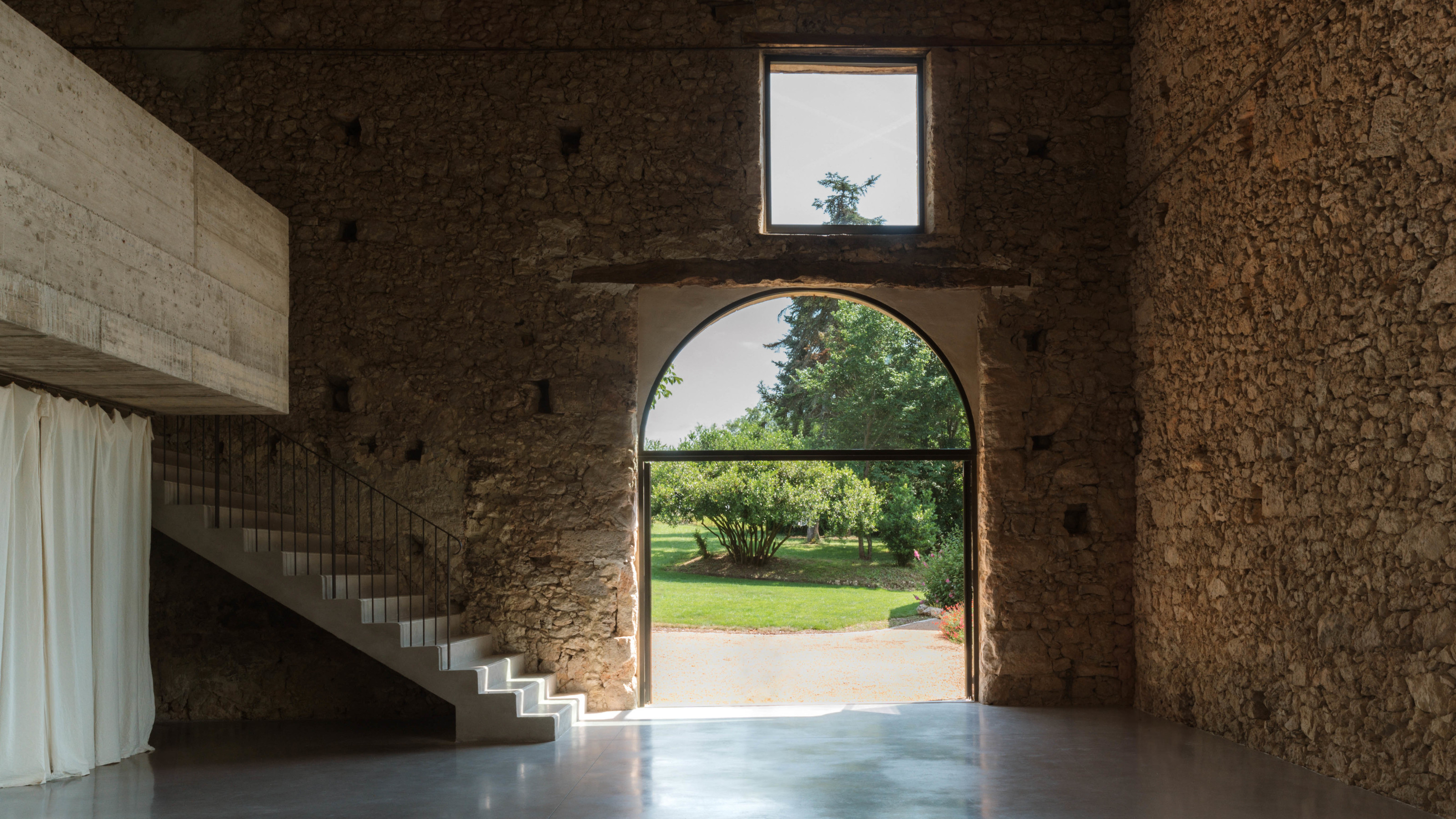 A wellness retreat in south-west France blends rural charm with contemporary concrete
A wellness retreat in south-west France blends rural charm with contemporary concreteBindloss Dawes has completed the Amassa Retreat in Gascony, restoring and upgrading an ancient barn with sensitive modern updates to create a serene yoga studio
-
 Explore the new Hermès workshop, a building designed for 'things that are not to be rushed'
Explore the new Hermès workshop, a building designed for 'things that are not to be rushed'In France, a new Hermès workshop for leather goods in the hamlet of L'Isle-d'Espagnac was conceived for taking things slow, flying the flag for the brand's craft-based approach
-
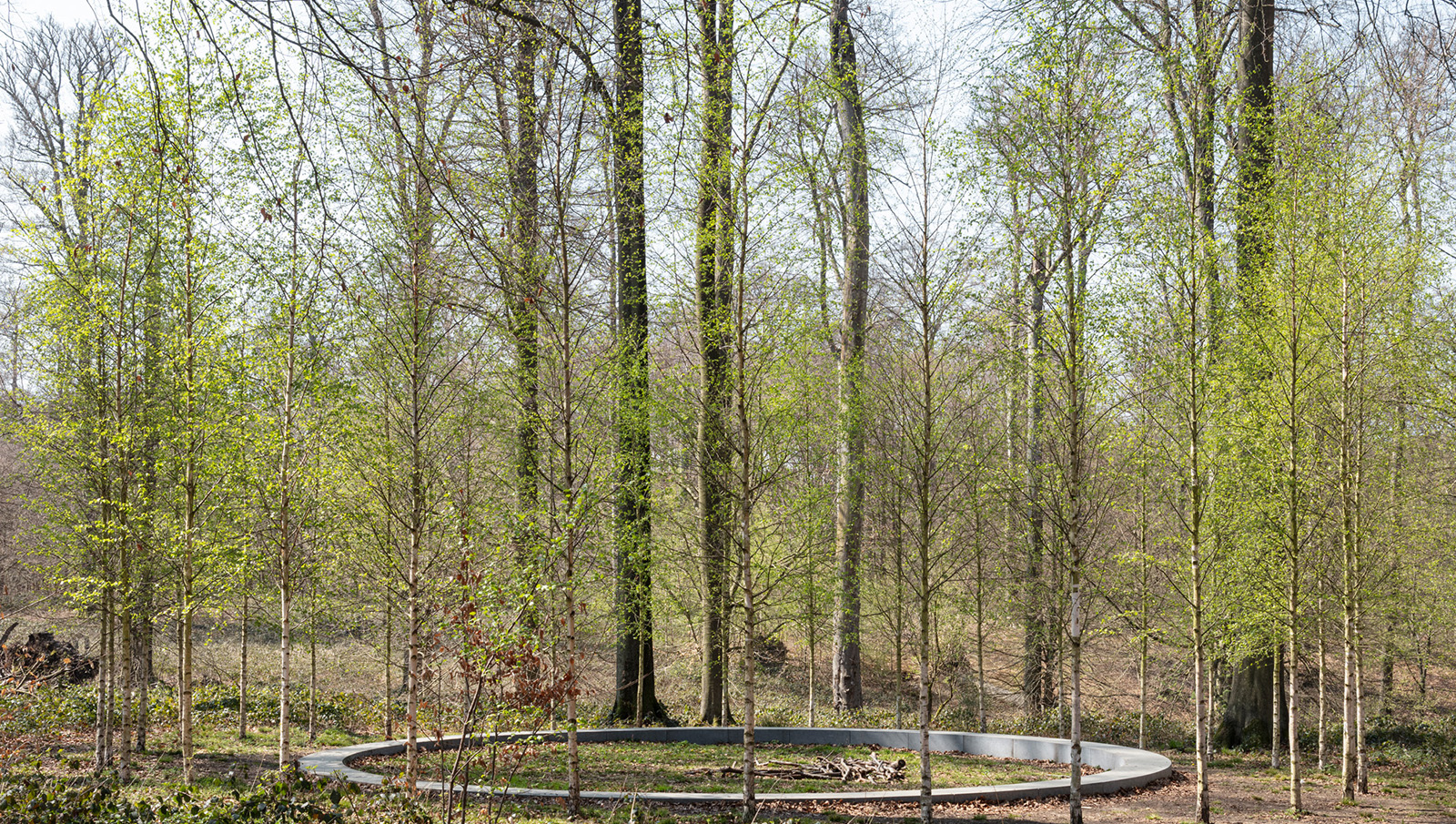 ‘Landscape architecture is the queen of science’: Emanuele Coccia in conversation with Bas Smets
‘Landscape architecture is the queen of science’: Emanuele Coccia in conversation with Bas SmetsItalian philosopher Emanuele Coccia meets Belgian landscape architect Bas Smets to discuss nature, cities and ‘biospheric thinking’
-
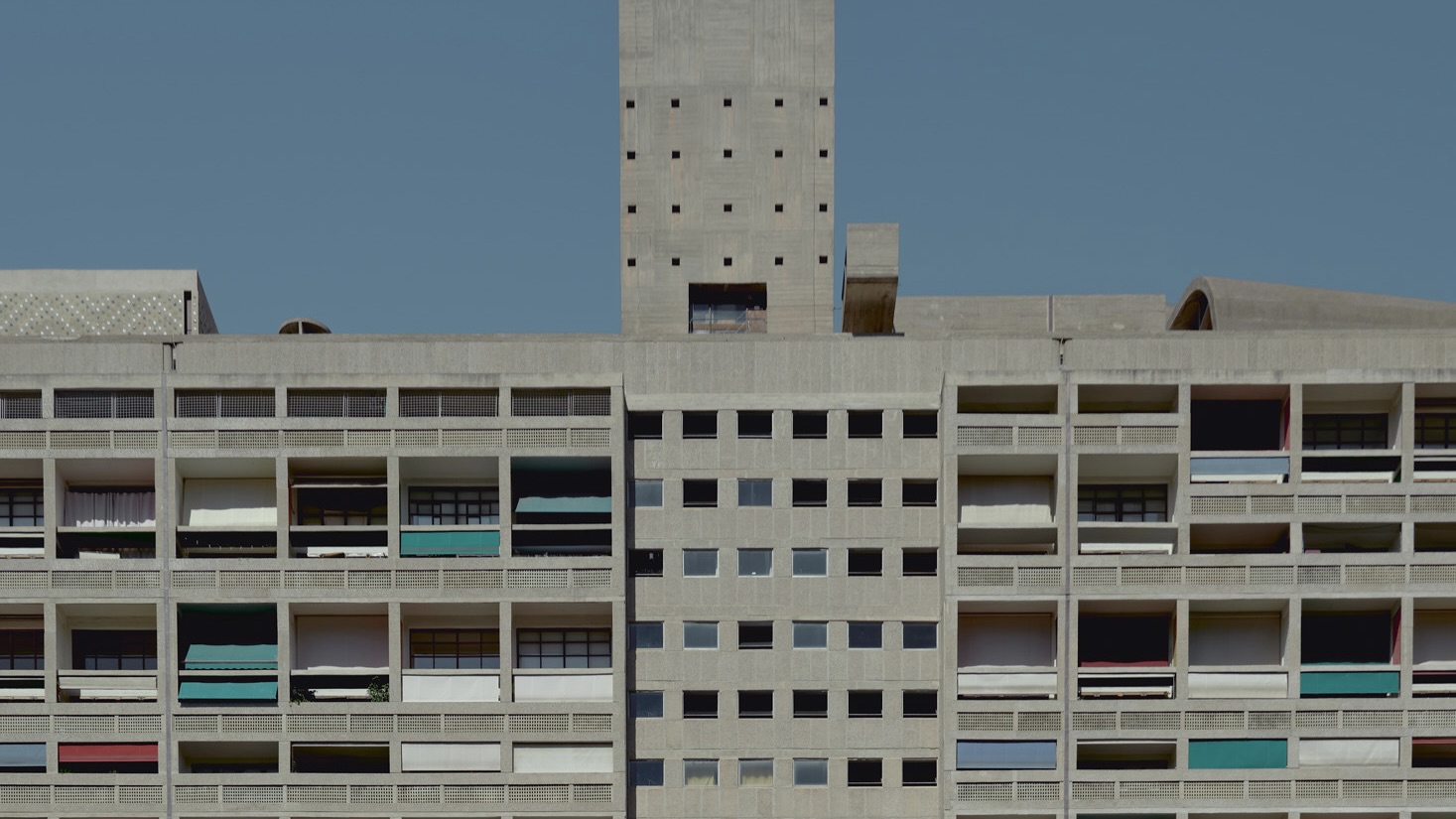 An apartment is for sale within Cité Radieuse, Le Corbusier’s iconic brutalist landmark
An apartment is for sale within Cité Radieuse, Le Corbusier’s iconic brutalist landmarkOnce a radical experiment in urban living, Cité Radieuse remains a beacon of brutalist architecture. Now, a coveted duplex within its walls has come on the market
-
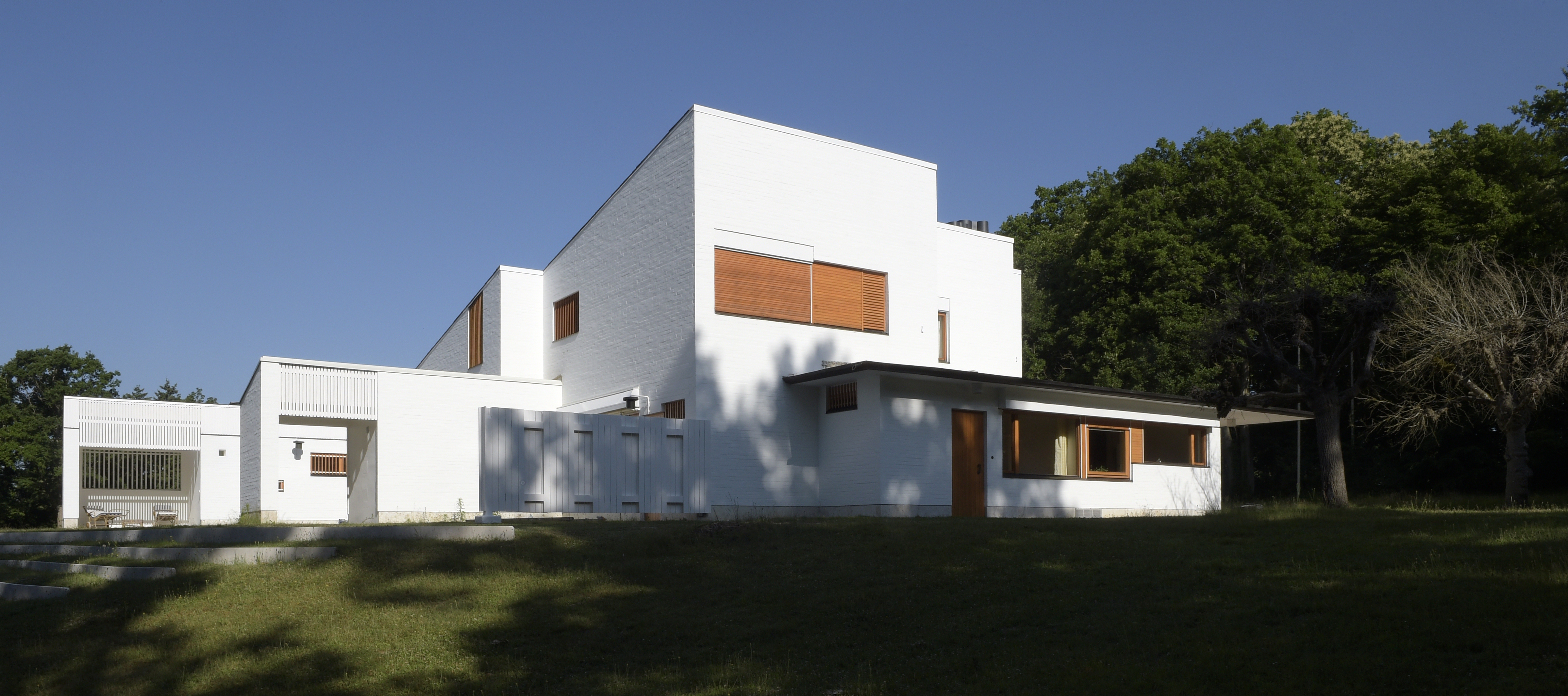 Maison Louis Carré, the only Alvar Aalto house in France, reopens after restoration
Maison Louis Carré, the only Alvar Aalto house in France, reopens after restorationDesigned by the modernist architect in the 1950s as the home of art dealer Louis Carré, the newly restored property is now open to visit again – take our tour